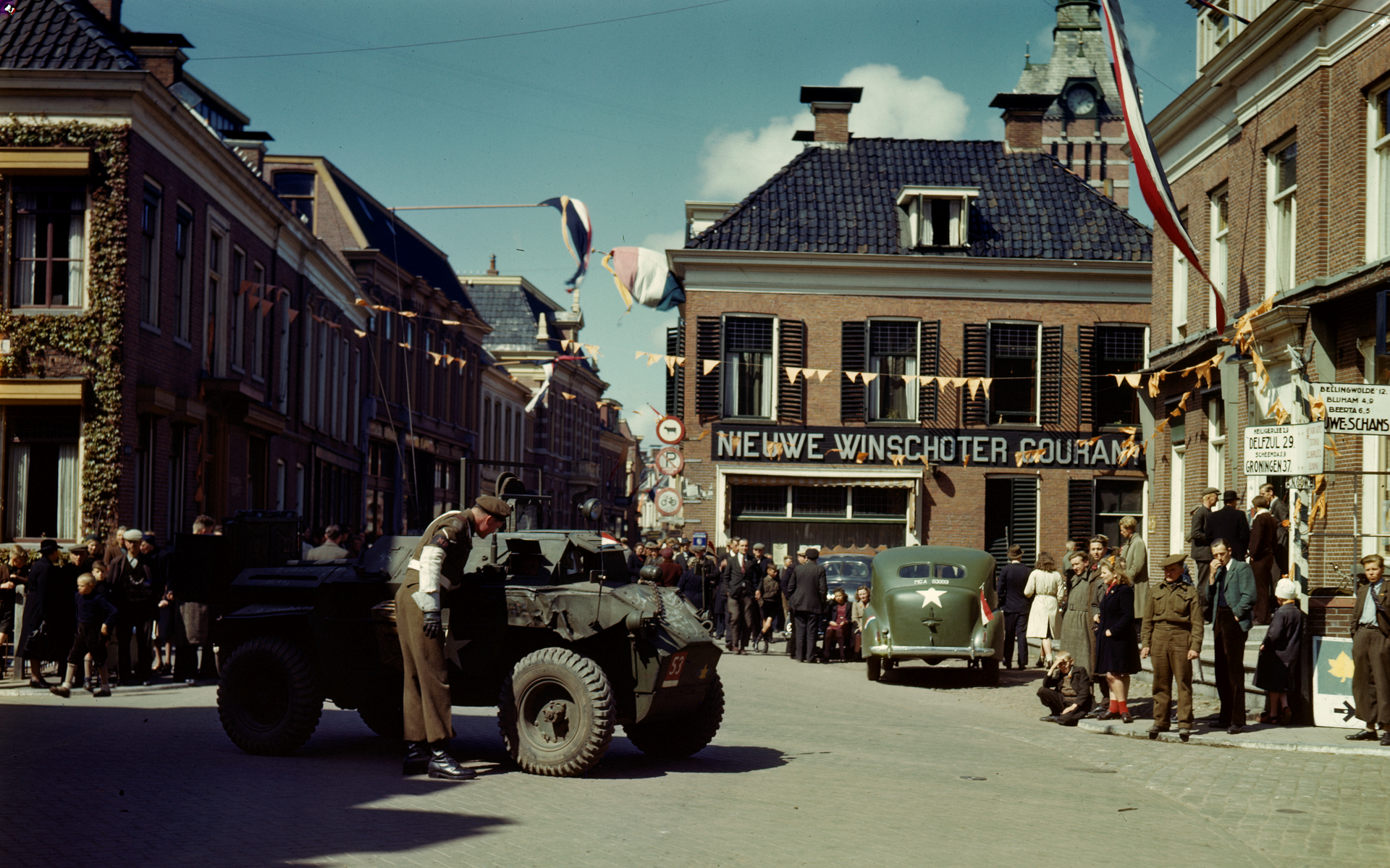The LRE Foundation is pleased to announce the development of the Canadian Liberation Route, an important new addition to the Liberation Route Europe hiking trails network. The Canadian Liberation Route will follow the Canadian advance to liberate the Netherlands in 1944-1945. This special route, already coming together in the Netherlands, aims to stretch in the future from Juno Beach, where the Canadian troops landed on D-Day, to the Netherlands, passing through Belgium and Germany.
In 2022, the ‘In the Footsteps of the Canadian Liberators’ trail will be developed in the Netherlands. The route will cross the provinces of Zeeland, North Brabant, Gelderland, Overijssel, Friesland, Drenthe, ending in the province of Groningen. Last year, the Dutch National Foundation for Peace, Freedom and Veteran Care (vfonds) announced its support for this new remembrance project.
An important section of the new route will be developed in the provinces of Drenthe, Friesland and Groningen in the Netherlands with the support of the provinces themselves and will enable visitors to learn the fascinating history of these regions in the real context of where it took place, with a physical route to explore. The LRE Foundation has received the support of several other partners and municipalities in the northern part of the Netherlands to create this special route, which will be not only part of the national Canadian Liberation Route trail system but also part of the existing network of footpaths connecting the most important regions of the Allied advance in Europe in the last years of World War Two.
The theme of the new route acknowledges a large part of the commemorations in the Netherlands, which are connected with the Canadian deployment in 1944 and 1945. The Canadian troops paid a heavy price for the liberation of the Netherlands at the end of World War Two, but few people are aware of this. The new route aims to connect the stories and places of the liberation by Canadian forces, making them visible and accessible so that this eventful history is remembered. The route forms a literal connection between museums, monuments and stories and gives them a sustainable character.
